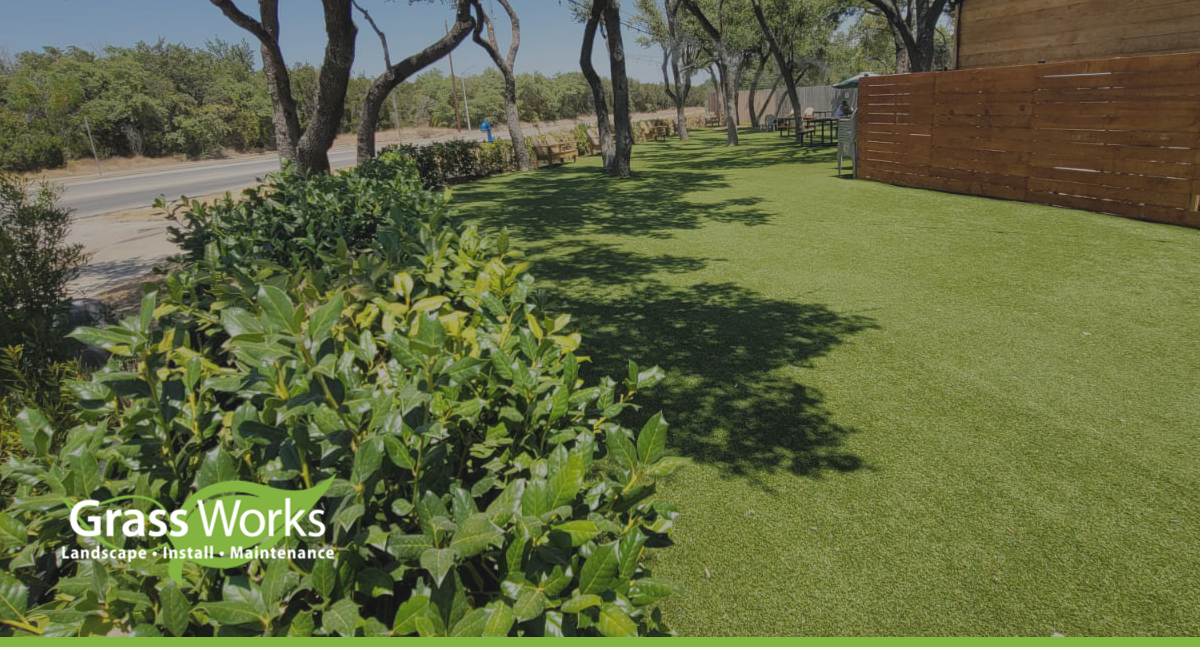How to Get Rid of Crabgrass Without Chemicals: 5 Tips for Homeowners

Lawn care is never easy in Central Texas. Many of the most prized grasses require significant maintenance, while unwanted plants like crabgrass thrive in the intense heat the region experiences.
Be that as it may, you don’t need to turn to extreme measures to deal with the issue of crabgrass. Instead, just follow these simple tips, and you’ll quickly learn how to get rid of crabgrass without chemicals:
1. Manually Removing Crabgrass
One of the best ways that you can tackle crabgrass is by doing what you can to get rid of it as soon as you notice it. You want to take action as soon as the first bunch sprouts up before it has the chance to spread over your entire lawn; keeping an eye out and simply taking a brief walk around your lawn each day can help you do so.
Patches of crabgrass are easy enough to identify, as their distinct wide blades and light green color stand out against most types of lawn grass, like St. Augustine. In most cases, you’ll also notice that it grows shorter than your typical lawn grass, especially after mowing.
When you find a patch of crabgrass, simply pull it out. Grab the clump as close to the ground as possible and pull firmly, making sure that you get the roots. This sort of manual solution can help you keep on top of infestations, but it may not be realistic if the crabgrass manages to spread before you notice it.
2. Keeping Your Lawn Healthy
Another excellent way to stop crabgrass from taking hold is to keep your lawn strong and healthy. Crabgrass is a robust plant that manages to muscle its way into many unkempt and parched lawns, so by keeping your preferred grass healthy, crabgrass is halted from ever taking hold.
Applying fertilizer at the right times throughout the season can work to keep your lawn healthy, and routine watering lets your grass establish strong roots, which is essential in keeping crabgrass and other weeds from sprouting up.
Regular mowing (and doing so at the appropriate height) can also stop crabgrass from infesting your lawn. Don’t mow too short, though, as the additional sunlight on the soil will make conditions more hospitable for crabgrass.
3. Natural Herbicides
Chemical herbicides can pose a major risk to your family and the environment, as they can spread to affect other plants in the area that you don’t want to harm. Both people and animals who come into contact with freshly applied herbicides can become sick as well, and there’s also the impact of water runoff on your local ecosystem.
Thankfully, not everything that kills crabgrass is harmful to the environment. You can use a few simple natural herbicides to get the job done without the risk. In fact, one of the most effective options is vinegar; it’s a simple household ingredient that can make quick work of crabgrass and other weeds.
The primary compound in vinegar is acetic acid. While it is in low enough concentrations to serve as a useful cooking ingredient, it is still powerful enough to kill crabgrass. Simply spray any patches with vinegar several times over the course of a week, and the crabgrass will dry out and die.
4. Aerating Your Lawn
Aeration is one part of lawn care that many homeowners skip over, but it is essential if you plan on taking the best possible care of your lawn. Aeration supports strong and healthy lawns that can resist crabgrass easily, and it helps prevent forming conditions that favor crabgrass.
The process of aeration involves creating many small holes in your lawn that allow for optimal air and water flow through the top layer of soil, which helps promote the growth of your lawn and can ensure the quick and easy spread of nutrients throughout.
Across Central Texas, you might take advantage of aeration both in the spring and the fall. While many climates only require aeration during the spring (as the fall is much too cold for growth), temperatures in Central Texas mean that your lawn still needs water and nutrients for healthy growth into the autumn season.
5. Tackling Soil Quality
Soil quality is a complex topic that requires a careful adjustment of nutrients, acidity, and other factors. The right soil quality can support your specific lawn grass, allowing it to flourish and remain strong against invaders such as crabgrass, but poor soil quality provides the perfect donations for crabgrass to take root.
For the best results, you’ll need to know your soil’s pH level and the specific recommended conditions for your grass. While your lawn’s grass may have a narrow range for optimal growth, crabgrass can grow in almost any condition, so you may need to adjust the pH by applying acidic agents like lime or sulfur.
You Can Win the Fight Against Crabgrass
Knowing how to get rid of crabgrass without chemicals will allow you to enjoy a lush and healthy lawn year-round without resorting to extreme measures. You’ll be able to work on your lawn and enjoy improved curb appeal without harming yourself or the environment.
Grass Works has been providing Expert Residential & Commercial Local Lawn Care Services in Central Texas: Austin, Cedar Park, Round Rock, Avery Ranch, Bee Cave, Lakeway, Steiner Ranch & West Austin since 2007! Need help with your landscaping? Get a free estimate today!

Ferris MyCue is the founder and owner of Grass Works Lawn Care, LLC located in Leander, TX. As a former firefighter who maintained yards on his days off, he saw a need for a dependable, local maintenance company that knew the hill country climate and could deliver quality landscaping services for a reasonable price. Since 2007 he has used his leadership to grow the company into one of the top landscape maintenance companies in Austin and surrounding areas offering landscape maintenance, design, and irrigation services to both residential and commercial clients. Ferris is also a member of the Seasonal Employment Alliance (SEA) and an active participant in advocacy efforts to help promote cap relief.